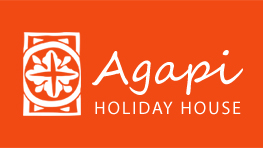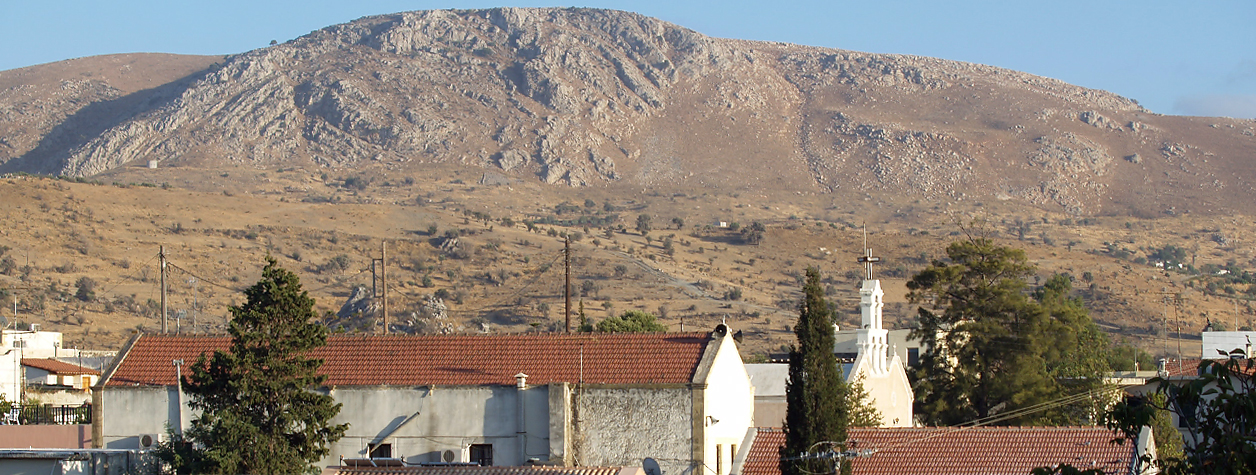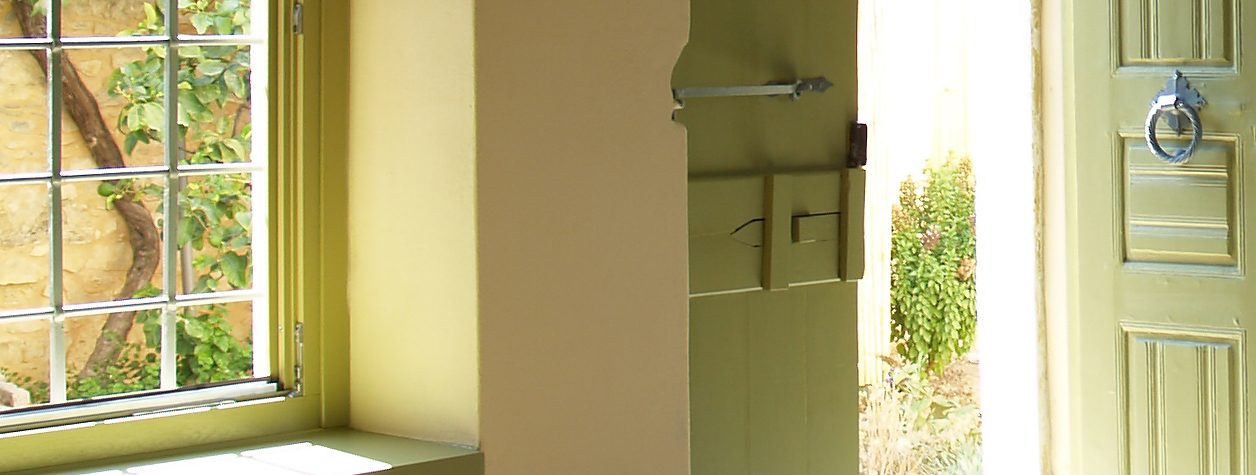Villa Agapi Holiday House is highly recommended for writers, artists, trekking tour enthusiasts, walkers, country lovers, active pensioners, newlyweds and generally those wishing peaceful, quiet and inspirational surroundings.
AGROECOTOURISM AT AGAPI HOLIDAY HOUSE
Villa Agapi Holiday House is your gateway for agroecotourism in the area of Messara.
Ecological Highlights
Villa Agapi Holiday House is located close to Asterousia Mountains, NATURA site (code GR4310004).
This area is ideal for sunny winter holidays, botanical walks, bird-watching (area code GR-187) and offers ideal opportunities for nature lovers. For those that enjoy a gentle walk or a vigorous hike, there are many opportunities. A number of remote beaches within few kilometers; Red beach, Vathi beach and Martsalo beach, as well as impressive gorges, Agiofarago gorge being one of them.
The landscapes of the Sivas area are outstanding natural beauty for relaxing walks and/or bicycling in places with beautiful flora and fauna. You may prefer to use the bicycles provided for longer outings.
Climate
The climate in Sivas is very mild. It is amongst the warmer areas of Crete during winter, with plenty of sunshine all year round and with only minor changes in weather. Sivas on-line weather information
Agriculture and food culture
The fertile Messara plain, the largest in Crete, extends some thirty-five kilometers east west in the southern-central portion of Crete. Since pre-historical times conditions in the plain favored agriculture and food production. Throughout history western Messara, Sivas area, has been the most densely settled part of the plain because of its rich, alluvial bottomland, ample groundwater and open coastline.
The landscape abounds in over two hundred plant species useful for food, forage, fuel, construction, crafts, medicine, spice, or ritual. Plant species determined the food culture of the area.
A variety of plants (chorta) are collected wild for food, such as members of the mustard family and leafy greens of the daisy family. Common culinary spices used include the dried leaves of thyme, oregano, Cretan savory and sage. These plants are also ingredients in herbal medicines along with a host of others (olive, lentisc, oleander, chamomile etc).
Agricultural activities are an indispensable part of the culture, the history of the area and its people. The land of Sivas area has been farmed since prehistoric time.
The crops traditionally planted include olives, grain (barley, wheat and oats), legumes (chickpeas, lentils and many types of beans), vines (for grapes, wine and raisins), citrus, other fruits (like figs, pomegranates, loquats) and trees (almonds, pear, and carob). Vegetable crops (tomato, beans, cucumber, watermelon, melon, potatoes, lettuce, etc) are grown outdoor and in greenhouses. Nowadays tomato and cucumber are the main vegetables grown extensively in greenhouses.
Honey is produced in hilly areas with heavy growth of thyme and other flowering aromatic and medicinal plants.
Animal husbandry takes place traditionally in the grazing lands of Asterousia mountains. Sheep and goat are common animals that graze in the area and the native Asterousia sheep breed is occurred.
Centuries-old farming practices take place offering opportunities to observe the production of the typical Cretan products of the area. Depending on the time of the year, one may have the opportunity to observe the production: wine, cheeses, olives, olive oil, and tsikoudia (a home produced spirit distilled from fermented grape skins).
Organic food
Our family specializes in organic production (www.biocreta.eu) and there are opportunities to participate in a hands-on experience with us too.
Archaeology and History
The area has a long history from prehistoric till modern times.
Agapi Holiday House is close to many unique Minoan archaeological sites: Faistos, Agia Triada, Kommos, Gortyn and Kamares cave.
Villa Agapi Holiday House is few kilometers away from the three major pre-historical sites of Western Messara: Phaistos, Agia Triada and Kommos (The Great Minoan Triangle).
Phaistos was one of the most important centers of Minoan civilization, and the most wealthy and powerful city in southern Crete. It was inhabited from the Neolithic period until the foundation and development of the Minoan palaces in the 15th century B.C.
Agia Triada was a Minoan town, with a Royal Villa built in the 16th century B.C.
Kommos was a busy Minoan harbor town with trading links extending to Egypt and Sardinia. In later periods, a Greek sanctuary was built on the same location, a convenient stopping point for travelers across the Libyan sea.
South of Kommos is the bay of Matala, where the main harbor town of the Hellinistic-Roman Messara was located.
Villa Agapi Holiday House is also close to Gortyn, the Greek period most important city in Crete. During Roman period Gortyn was the capital of the province of Crete and Cyrenaica in North Africa. Gortyn flourished and expanded until as late as the Byzantine period. Visitors can view the great inscription of the law of Gortyn, the earliest European civil code.
Historic sites, monasteries Odigitrias Monastery, hermitages, and old country churches are all have easy access from our location. Churches are located in sites of early Christian basilicas that later during Byzantine period new churches were build dedicated to the same said. The church became an important institution in the area during the Byzantine period.
Guest who is interested in the traditional Cretan society may visit the Museum of Cretan Ethnology. The Museum of Cretan Ethnology presents a multifaceted picture of the features and daily life of Cretan society.
Local cultural activities
Sivas cultural association has been organizing for the last decades a multitude of cultural events during August with the participation of local artists in music, theatre, dance, etc. In the nearby villages there are also, especially during summer months, many cultural activities with folk Cretan music, food, etc.
Distances
Villa Agapi Holiday House is:
- 4 km from Komos beach and archaeological site
- 5 km from Matala
- 5 km from Faistos archaeological site
- 17 km from Gortis archaeological site
- 12 km from Agiofarago gorge and beach
- 60 km from Heraklion airport and port.
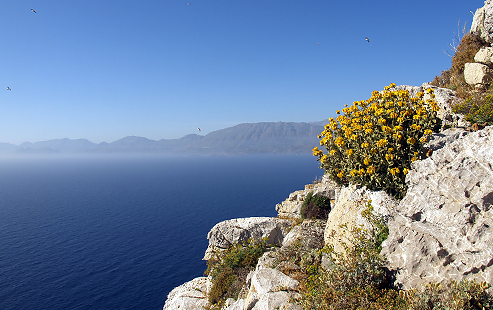
Messara bay, south Crete near Agapi Holiday House
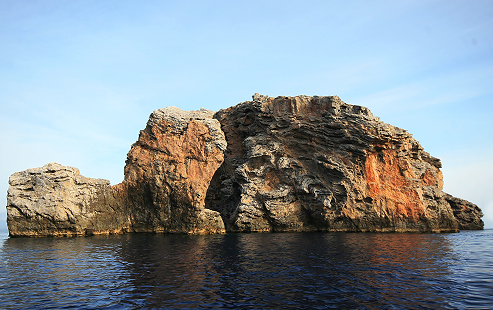
Geological formation, Messara bay, South Crete
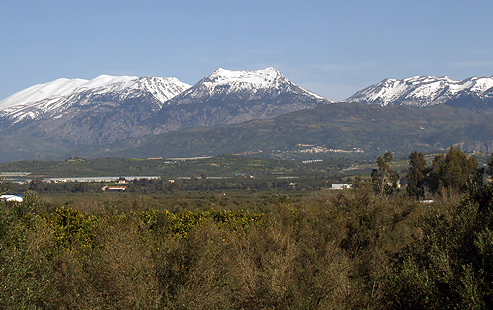
Western Messara plain and mount Ida or Psiloritis
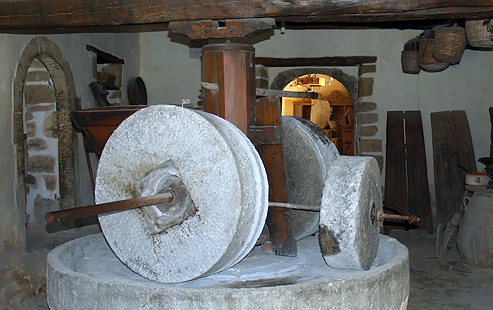
Old olive press at Odigitria monastery

Organic vineyard, Messara plain
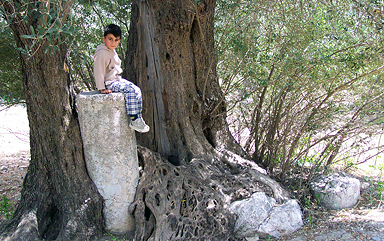
Ancient olive tree, Messara plain
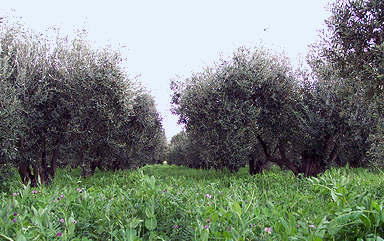
Organic olive orchard, Messara plain

